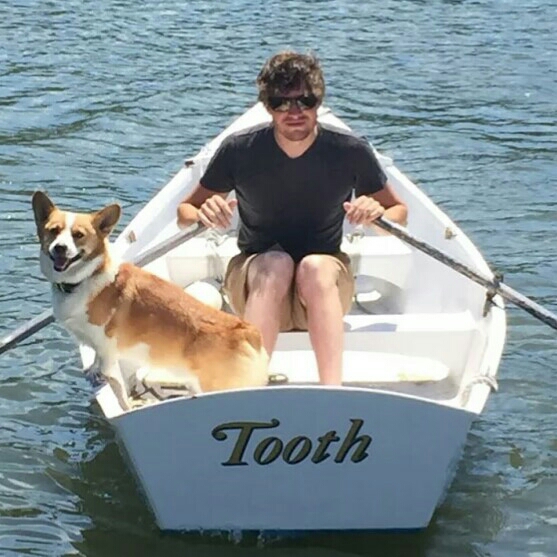Baseboards heaters that run on hot water are very quiet and efficient at giving off heat. There is little risk of fire from these units, and are safe to touch (but I wouldn't hug one of these units, it will get hot after a while).
Hydronic Heat works by flowing hot water through metal that will transfer the heat to the surrounding air. This is a passive method of heating, as there are no fans or noise. As the air heats up, it rises and leaves the unit, drawing in cold air to the bottom of the unit.
They work very well and can heat up a small space effectively as long as they have appropriate air flow. If they are tucked away behind something or if clutter blocks air from entering the bottom, they will not provide as much heat as they could otherwise.
The heat source in this case is hot water. Most people connect these systems up to a boiler, which produces a lot of heat! I used a water heater that is already in the boat as my heat source for the hot water. The hot water is pumped through the system using a constant duty 110V AC circulator pump. This keeps the water flowing through the system, constantly flowing heat into the cabin.
I have found that the two base boards are able to keep the boat 19F warmer than outside air temperatures. This is fine in the spring and fall, when it only goes down to the 60s, but is only part of the heating equation in the depths of winter when the temperatures are bitter cold.
An added bonus to the hydronic heat system is the hot water lines that run to and from the base boards provide heat to their surroundings. This translates into warm socks or PJ pants when these hot water lines run through the lockers where your clothes are kept.
Installation was more involved than I expected, mounting the baseboards was straight forward but running the hot water hoses and soldering all the copper fittings was very time consuming. Once it was all connected, they instantly provided a comfortable heat source that is safe to leave unattended.















